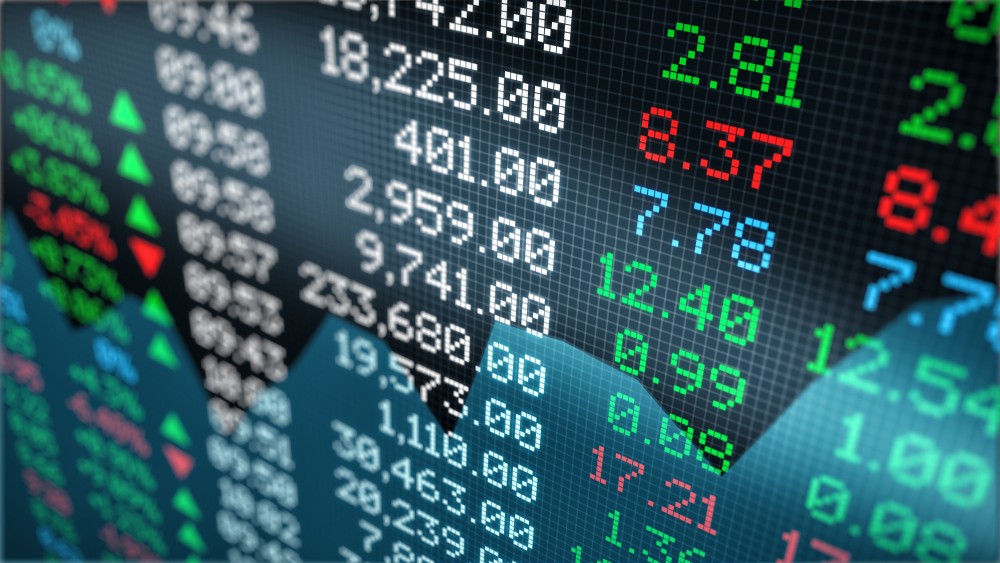After the decrease in the coronavirus cases, several countries eased lockdown. Positive economic indicators set up gold for a weekly drop. Besides, the escalated tensions between the US and China underpinned gold’s haven appeal.
Spot gold prices were up 0.2 percent at $1,727.75 per ounce. US gold futures climbed 0.4 percent to $1,729.40. Since October 2012, gold prices had seen the highest rally. However, they have lost ground, and now they are heading for a 0.7 percent weekly decline.

Avtar Sandu, a senior manager at Phillip Futures, stated that the fundamentals are still supportive of the metal. However, there was a little improvement in the manufacturing activity in the US and Europe. The PMI data was slightly better, Sandu said.
The Purchasing Manager Index (PMI) survey revealed that the Eurozone economy has contracted in May. The recession of Germany’s private sector also improved on the loosening of lockdowns.
Gold prices are forecast to increase in the long run
The US and China frictions depressed the risk appetite for gold. The tensions underpinned bullion and offset pressure on the metal’s prices from the slightly better data.
Beijing’s intention to impose new national security law on Hong Kong attracted a warning from US President Donald Trump. Asian shares dropped as a result.
Fitch Solutions said that gold had held ground above the critical $1,700 per ounce level. The metal was building impetus to touch its 2011 peak in the coming quarters. Fitch added that low-interest rates, geopolitical uncertainty, and keen investor flows should support gold prices in the long run, on a 6-12 month horizon.
Palladium increased 0.1per cent to $2,015.76 per ounce and was looking to post its best week since the end of March. Platinum dropped 0.6 per cent to $827.83, and silver slid 1.4 % to $16.82.









COMMENTS